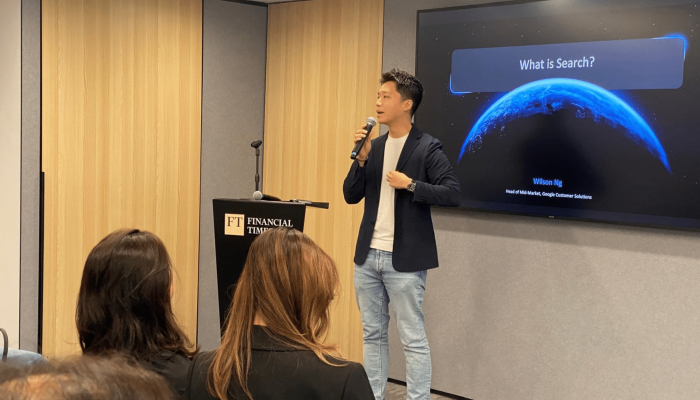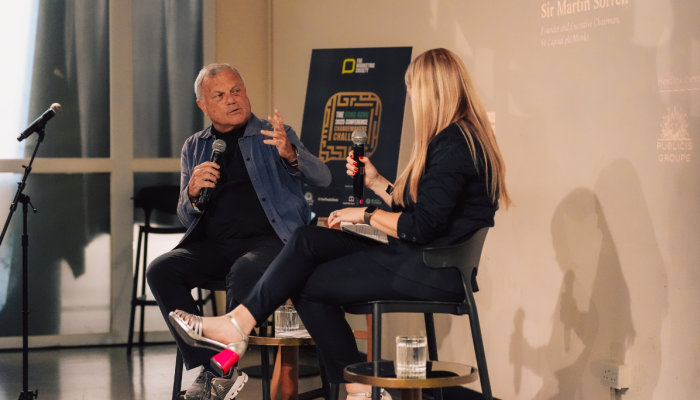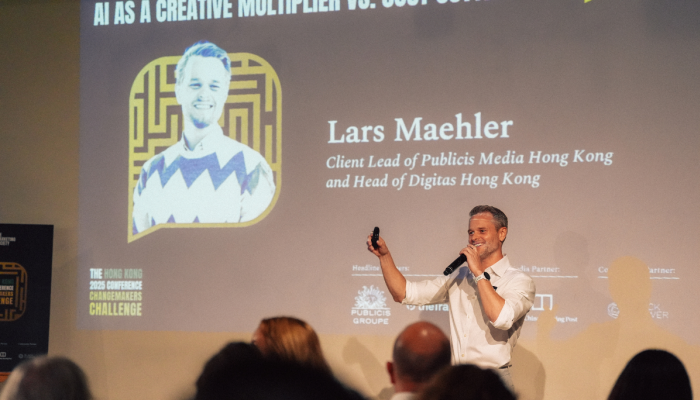On one hand, online video ad formats such as YouTube’s TrueView ads have removed traditional 30-second time constraints, giving brands more time to tell their stories. On the other hand, a 'skip' button that allows viewers to skip the ad after five short seconds means that advertisers have to create more engaging stories that not only grab an audience's attention, but hold it, too. Throw short attention spans and unlimited choice on top of that, and it’s no wonder we’re living in a skippable world.
What keeps people watching after the first five seconds? What can science tell us about the art of video advertising? We took a deep dive into the data and discovered that some very specific creative choices make a difference when it comes to how long viewers watch or how well they remember, ads on YouTube.
Where you place your brand name and logo matters
If you want viewers not to click the “skip” button, go for a lighter brand touch. At the same time, if you want people to remember who paid for the ads, you might need to be a little more upfront. What do we mean? We found an inverse relationship between recall and engagement. While ads that display the brand logo in the first five seconds have higher ad recall and brand awareness lift, people are also more likely to skip them.
If you’re going to show your logo in the first five seconds, make sure it's tied to your product and rather than appearing elsewhere on the screen. Viewers are less likely to watch and remember brands and ads when they feature floating brand logos that aren't actually on products. As always, presenting your product in a memorable and engaging manner also helps.
A great example of this is 李光洙 X 魯芬【新年能得利】賀年歌 (Lee Kwang Soo FRUTIPS MV) by FRUTIPS Nestlé Hong Kong, which was viewed more than two million times in 2015. While it does have a brand logo floating in the corner of the screen, viewers’ eyes are drawn to the product name FRUTIPS in Chinese “能得利” on the Fai Chuns (lucky banners). All of the ad’s elements—the song, which repeats the product name, the Fai Chuns, and the FRUTIPS candies in the Chinese New Year candy box—maximize exposure of the brand in a fun way and most probably have viewers singing along with the Korean star.
Takeaway for marketers: Show your logo on your product, not elsewhere in the video.
It’s all about the tone
Tone can also affect whether people tune in or tune out. What’s the right tone to strike? We found that almost always, humorous ads were the most appealing.
People are more likely to watch humorous ads, and those ads also see a greater lift in ad recall and brand awareness. Even if yours is a more traditional brand, humor can help make a deeper and more effective impression. If you can’t do humor, a suspenseful or emotional tone in the first five seconds also works well.
Take Extra’s 我的午餐煩腳 (“My lunch mate”) or Ming仔劇場|猛鬼辦公室 ('Haunted office') by Nescafé. Gum and coffee aren’t necessarily funny products on their own, but by presenting Extra gum as a “lunch mate” or showing how Nescafé gives you the ability to catch the “Monday Blues” ghost in a suspenseful micro-movie, audiences are immersed in light-hearted ads which make them smile and laugh.
Takeaway for marketers: Have some fun and be creative in your execution.
Keep people watching… with people
Many YouTube creators are successful because of their authenticity; they build fandoms based on who they really are. And they’re even more successful when they invite other YouTubers who share this thinking on their channels. So what can brands learn from this?
Showing a recognizable face, whether it’s a YouTube creator or other celebrity, in the first five seconds of your ad tends to result in higher viewership and better brand lift. What’s more, brand metrics jump when ads feature smiling characters in the first five seconds.
Ads that did this well in 2015 included Airwaves’ [薑檸樂] 廢青的抉擇 (“Choices by ‘lazy’ youngsters”) which featured local YouTubers gingerlemoncola, Siu Wai, and Soko Izumi, who are well-known among the city’s youth. Another great example that generated over one million views on YouTube is 相逢何必曾Big Mac (“When you come across a Big Mac”) by McDonald's. The ad spoofs Ram Chiang’s classic pop song and stars the former singer himself.
Takeaway for marketers: Keep it authentic and collaborate with like-minded creators.
Music (or no music) impacts skip rates
Music may be the international language, but we found that people are fickle when it comes to music in their ads. Audiences are more likely to skip ads that feature calming, relaxing, or, conversely, action-oriented music. They’re also more likely to better remember ads that feature humorous music. The 2015 百佳 食得鮮 買得抵 廣告 (2015 PARKnSHOP “Eat Fresh, Buy Smart feat. McDull and Madam Mak”) ad’s upbeat music and McDull’s singing invite audiences to sing along.
At the same time, the absence of music can also intrigue viewers. AIA’s 《老是不一樣》不日上映 王宗堯 周家怡 ('Plan ahead or plan to fail') starts with no music as narrator Gregory Wong delivers his first line, “If today was the last day of your life, do you have what it takes to face your past?
Takeaway for marketers: Music (or no music) matters. Play around and test to see what works for your brand.
At the end of the day, there’s no magical formula for creating the perfect video ad. The answer will always be a fine balance between data and creativity, and between art and science.
Google looked into thousands of TrueView ads across 16 countries and 11 verticals, categorizing them according to 170 creative attributes including brand name mentions and featured celebrities. We used aggregated analytics from AdWords to see how long people watched without hitting the 'skip' button. To measure brand awareness and ad recall, we took advantage of Google's Brand Lift. All ads used in the research had at least 10,000 impressions between Jan. 2012 and Feb. 2014. Ten percent of ads used in the research were coded by two people to ensure consistency, and attributes with less than 90% agreement were discarded.
This article was originally published on the Think with Google APAC's website here.


